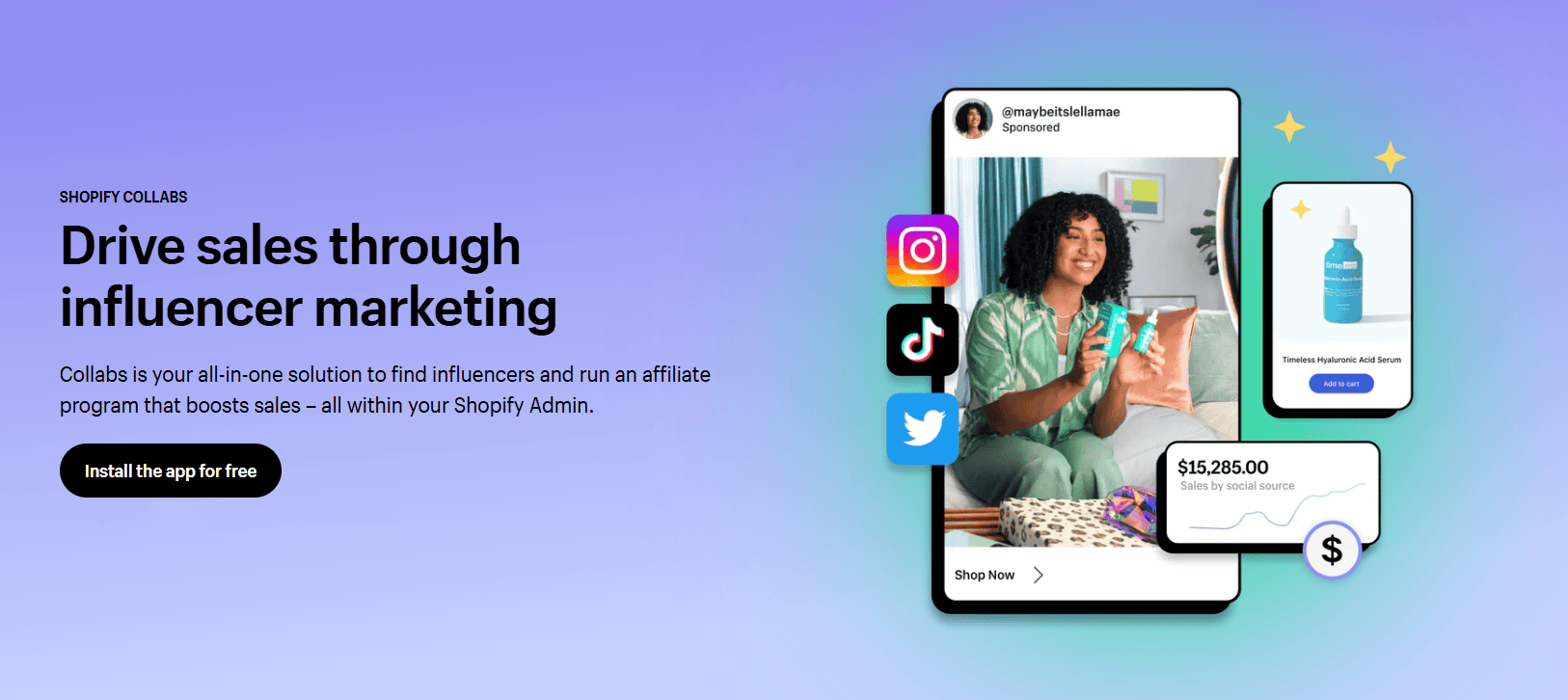Weight loss influencers have become a beacon of hope and motivation for many on their journey to a healthier lifestyle. By sharing personal stories, challenges, and successes, these influencers offer relatable content that encourages others to pursue their own weight loss goals.

59 Most Followed Weight Loss Influencers On Instagram of 2024
fatgirlfedup
laurenpolinskey
getfitwjessica
takingmylifebackat42
molsinspire
natashapehrson
graciesjourney
nursekatiegetshealthy
michellelosing70
shane_whalley
michobabyy
obese_to_beast
_jens_journey_
maintaining_megan
the.okeeffe
weightlosshero
pcos.weightloss
lila_pettibone
josievr
mrsjennsharp
running4meyer
_finallyallison
thefitpharmacist_
trainwithjoan
katie.vsg
weightlosstransformations
jaycrushesit
scaseyfitness
thejacquelineadan
iam_makitaharvey
jowuensche
morganmabley
feliciafitnesshealth
chelseamaecullen
slaythickfitness
lcm_fitnessjourney
ready_getfit_go
reallymekawhite
polly__wants
mirabelelume
possiblepat
d_r_e_y_a_
jenn_clayton_
jellydevote
losinggravity
this.phoenix.rising
louisesjourney2.0xo
what.works4me
walkingandcounting
bdccarpenter
alex.solomin
low.carb.love
thekellyoshow
krisbmills
kimnevergivesup
marillewellyn
sophiegotsleeved
jordanshrinks
simone_anderson
How to Choose the Right Weight Loss Influencers?
Choosing the right weight loss influencers is crucial for the success of any campaign or initiative aimed at promoting healthy lifestyles and products. Here’s a guide to help you select the best influencers for your needs:
1. Define Your Goals
- Brand Awareness: If your primary goal is to increase brand awareness, look for influencers with a large and engaged following.
- Targeted Engagement: For more targeted campaigns, select influencers who have a niche audience that aligns with your target demographic.
2. Check Authenticity and Credibility
- Expertise: Ensure the influencer has a background in health, fitness, or nutrition. Certifications or experience in these areas add credibility.
- Content Quality: Evaluate the quality and accuracy of their content. They should provide value to their audience through well-researched and authentic posts.
- Engagement Rate: A high engagement rate often indicates a genuine connection with followers, which is more valuable than just a large follower count.
3. Audience Demographics
- Age, Gender, and Location: Match the influencer’s audience demographics with your target market. For instance, if your product is aimed at women aged 25-34, the influencer’s followers should predominantly fall within this group.
- Psychographics: Consider interests, lifestyle, and values. The influencer’s content should resonate with your brand’s ethos and the lifestyle of your target audience.
4. Alignment with Brand Values
- Consistency: Choose influencers whose personal brand aligns with your company’s values and message. Consistency between the influencer’s content and your brand ethos is key.
- Past Collaborations: Review previous partnerships to ensure they haven’t promoted conflicting products or messages that could dilute your brand.
5. Engagement Beyond Social Media
- Community Involvement: Influencers who actively participate in fitness events, webinars, or other offline activities can be more effective in building trust and engagement.
- Multi-Channel Presence: Consider influencers who have a presence on multiple platforms (e.g., Instagram, YouTube, blogs), as this can help reach a wider audience.
6. Transparency and Ethical Standards
- Disclosure Practices: Ensure the influencer follows FTC guidelines and clearly discloses sponsored content. Transparency builds trust with their audience.
- Ethical Practices: The influencer should promote healthy and sustainable weight loss methods rather than quick fixes or potentially harmful products.
7. Review Performance Metrics
- Track Record: Look at the success of their previous collaborations. Have they effectively driven engagement, sales, or brand awareness for other companies?
- Analytics: Request detailed analytics from potential influencers, including insights on post reach, impressions, and audience demographics.
8. Budget Considerations
- Cost vs. ROI: Balance the influencer’s fees with the potential return on investment. Micro-influencers with highly engaged audiences can sometimes offer better ROI than higher-cost macro-influencers.
9. Long-term Collaboration Potential
- Relationship Building: Consider influencers with whom you can build a long-term partnership rather than one-off campaigns. Consistent collaboration can lead to more authentic promotion and deeper audience trust.
10. Test and Optimize
- Pilot Campaigns: Start with smaller campaigns to test the effectiveness of an influencer. Use the data to refine your approach and select the best-performing influencers for larger campaigns.
Conclusion
The journey of weight loss is a deeply personal one, and weight loss influencers provide the support and guidance many need to stay on track. Their influence extends beyond numbers on a scale, focusing on overall health, self-love, and sustainable habits that lead to lasting change.

Leave a Reply